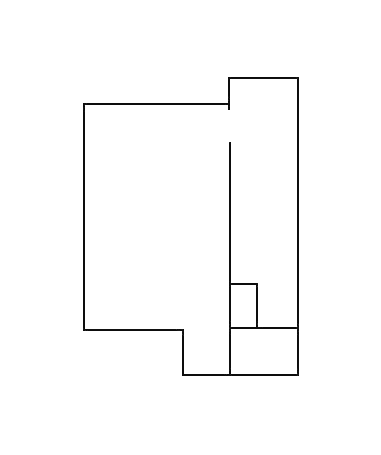TIM CROSS | FRAYED EDGES & CRYSTALLINE FORMS
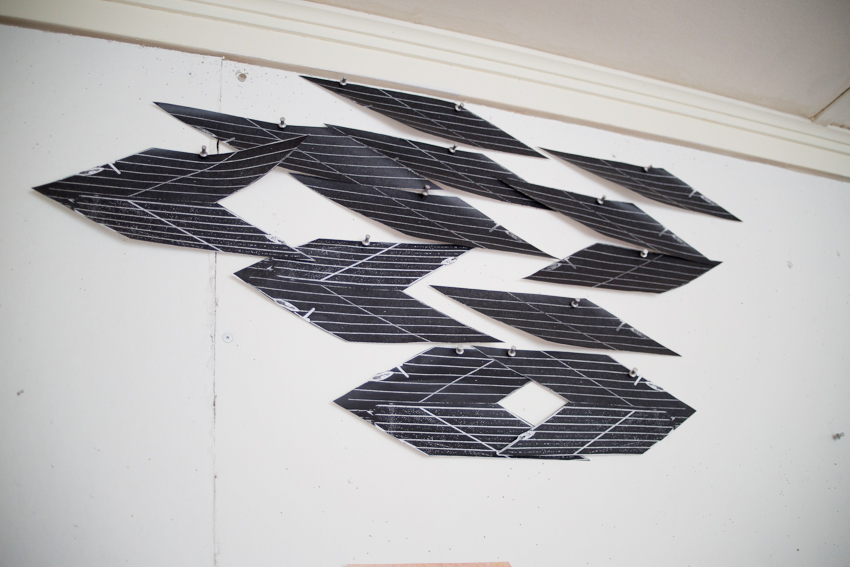
Essay by Sharon Arnold | Photographs by Serrah Russell
The way to Seattle artist Tim Cross’ studio is through his living room, past the dining room, and up a rickety wooden stepladder to the attic. Once there, the first thing you notice are the innumerable fluttering scraps of paper and fabric pinned to the walls, piled on his desk, and scattered or stacked on the floor. The sun streams in through small wooden-paned windows.
In one gabled window ledge, a black cat sits with its eyes closed, basking in the warmth of the day. Materials and books fill the shelves. A computer and camera sit on the desk. This is the space of a working artist.
I sit down to listen as Tim begins to talk about the work he’s making. He speaks quickly, a cascading tumble of ideas, observations, and opinions that belie his soft spoken demeanor. It so happens that Tim is an iceberg. When you first meet him, you’re likely to catch only a glimpse and a quick hello, accompanied by a shy smile before he is gone. You get the idea that he is soft spoken and quiet. But once the lid is cracked open and a real conversation begins, Cross’ unfettered ricochet of thoughts and historical knowledge is formidable; There much to be discovered just below the surface.
Like his demeanor, Tim Cross’ work appears playful and mysterious but has serious, formal, and intellectual undertones. Hovering somewhere between printmaking, painting, and collage, Tim employs a method using xerox and laser transfers. This is a process in which pre-cut pieces of paper are arranged on an armature of silk cloth to build a composition. It’s a simple trick turned highly sophisticated technique, leaving even the most expert viewer completely mystified by the artwork’s construction. The result is a soft floating piece that resembles something between a painting, print, silkscreen, or batik dyed cloth. Cross refers to each of these cut and transferred pieces as his brushstroke: building hue, value, and form the same way a painter builds layers and architecture into a composition.
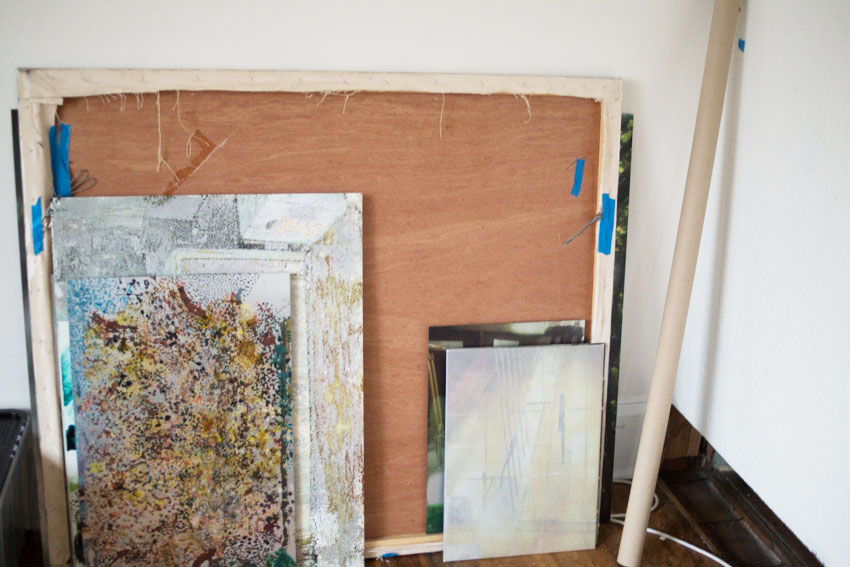
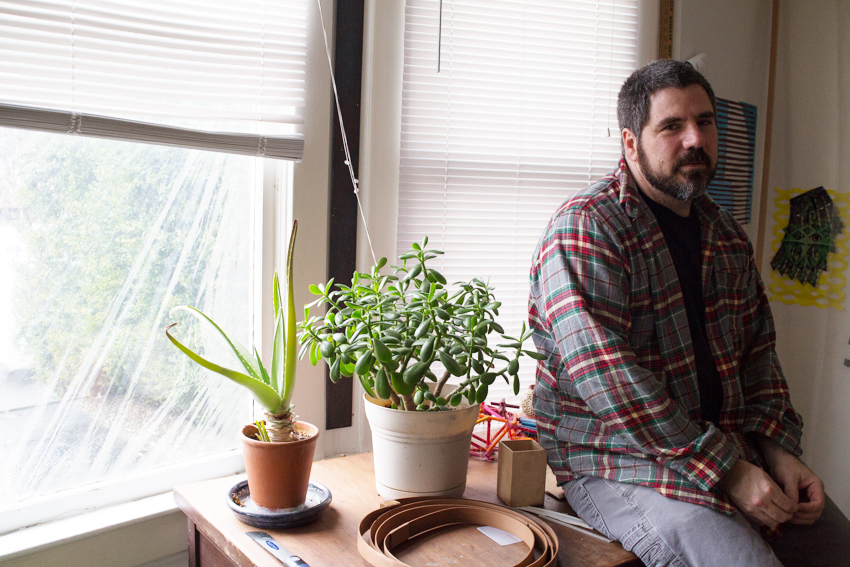
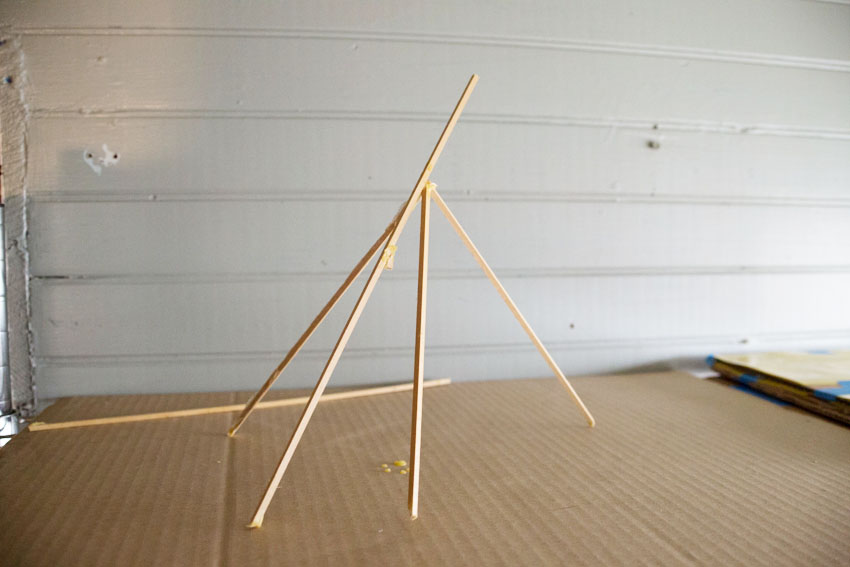
Because of the way transfers leave the pigment deposited on the surface, this kind of work is often mistaken for a print. This isn’t exactly wrong - the technique leaves large blocks of ink on the surface in a similar process as printmaking. Specifically, the ink is transferred from the paper onto a surface in this case, silk, by soaking the paper and fabric in matte medium which adheres it to the surface.The texture will vary depending on the photo or drawing chosen, its color, and whether it is a carbon or laser copy. Each hand cut patch represents an element of another drawing or photograph that the artist has selected based on the kind of mark, saturation, or shape it will leave on the surface. Similar methods or combinations of methods are each, at some point, found in art history.
The collage artists in early Synthetic Cubism and Surrealism used photographic images, and various mid century artists through the present have employed the use of photomontage and image transfers. Reaching back to meet his predecessors where they left off, Tim Cross echoes their process. He layers a series of ready -made images, creating blocks of tint and textural elements to tell a story and describe a kind of mark-making. Some of these depict maps and roadways; photographs of trees and green spaces; satellites, planetary rovers, or other fictional vehicles meant for traveling to the moon or Mars. Other images are manufactured color fields resembling hazy skies, sometimes mirrored like some sort of Rorschach inkblot. And still others are are abstractions that he has drawn himself, copied, and multiplied to use. These textures not only create fields of repetitive shapes, but physical cracks and folds, revealing the weakness of the medium while incorporating it as part of the composition. Every structural element is exposed. The frayed edge of the paper is often left on the surface of the silk. There is no trickery to the composition. Nothing is hidden, polished or overly finished.
The particular series of image transfer works made for Vignettes describe a repeating field of horizontal black and white chevron shapes laying on their sides. The shapes look like lead, or obsidian. The pieces drape gently, their edges revealing a gauzy silk that move softly against the wall. Their lightness defies the heaviness of the objects they carry, floating on the horizon like a mirage in the distance. This series conveys its narrative through a particularly eloquent and symmetrical brevity. It reminds us of a cityscape, mimicking the patterns found along the sides of buildings or pressed into concrete; or of rock formations, like so much shale piled up in shards along the edge of a cliff; or crystalline forms in a geode or a cave.
Whatever the associations we discover, Cross’ keen visual cues are a doorway, or a mirror, into a landscape we don’t always observe. They inspire us to look closer, revealing our own adventurous desire.
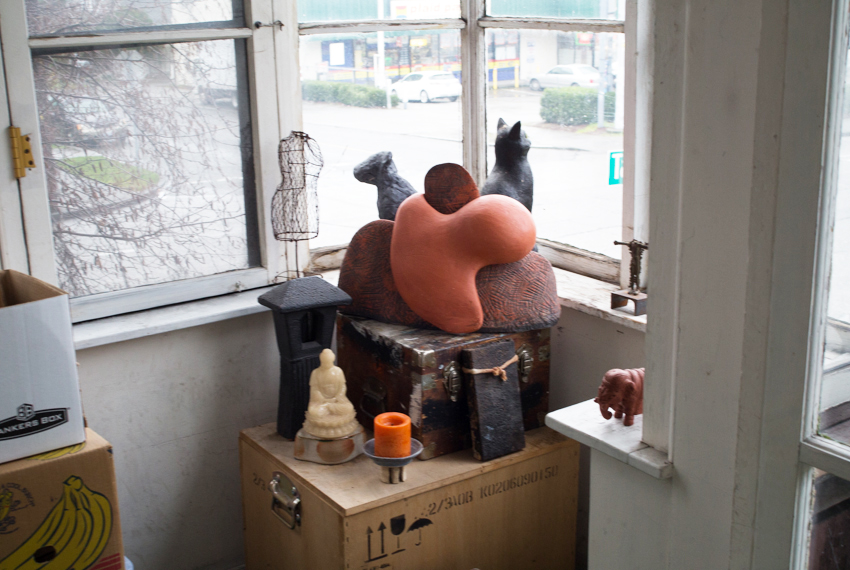
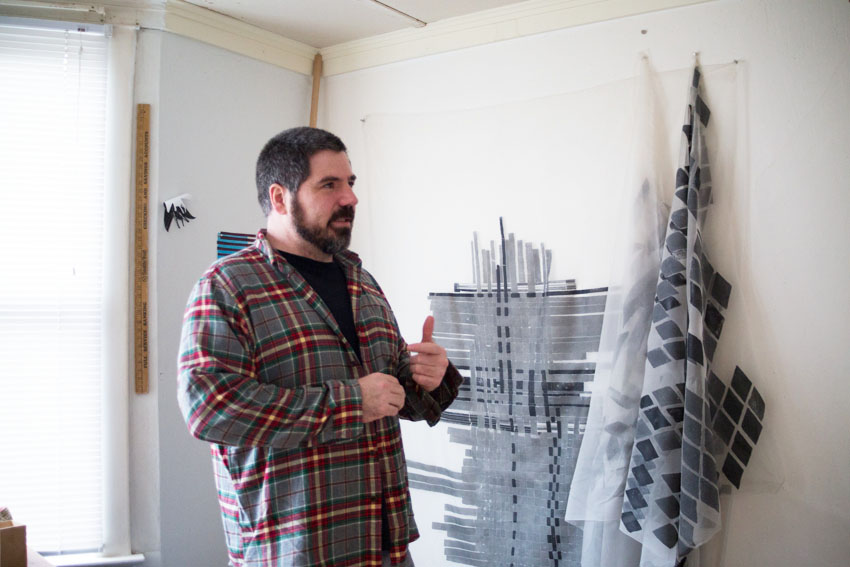
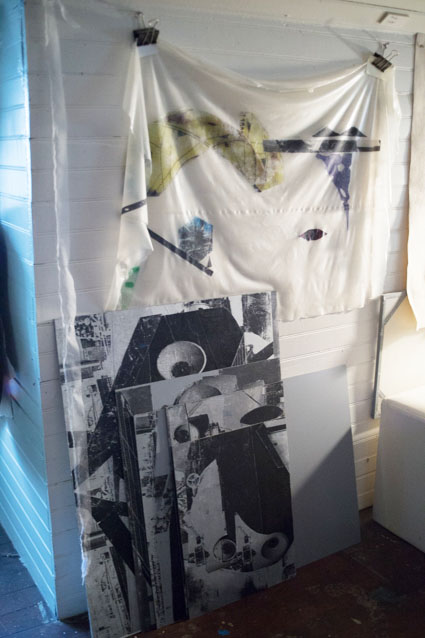
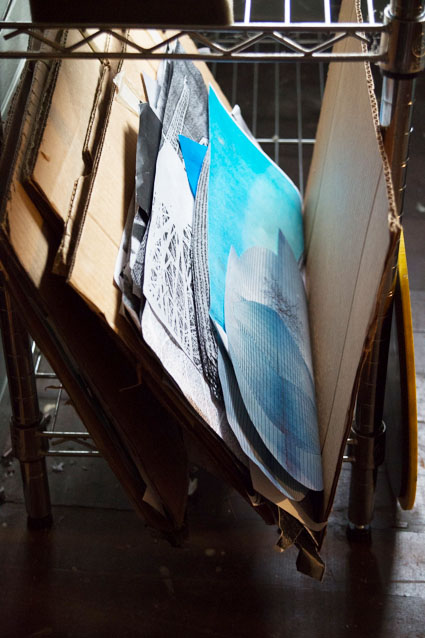
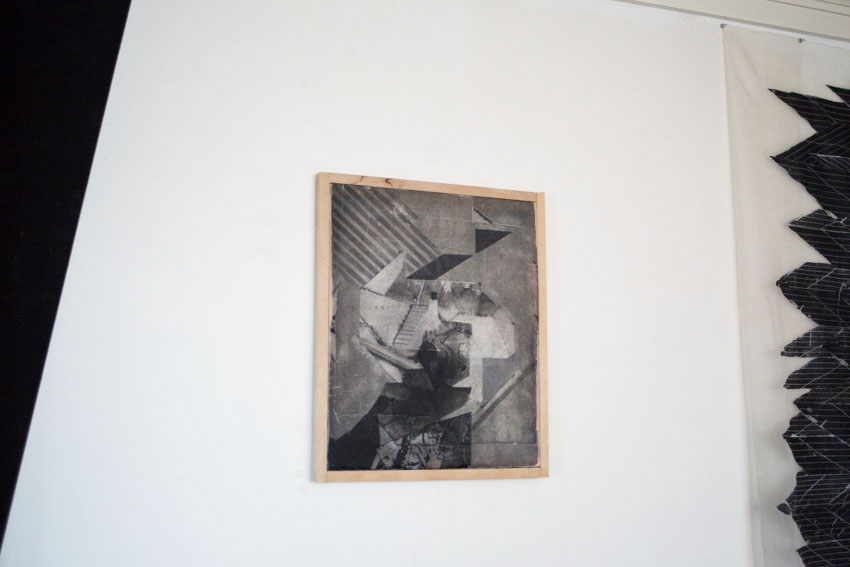
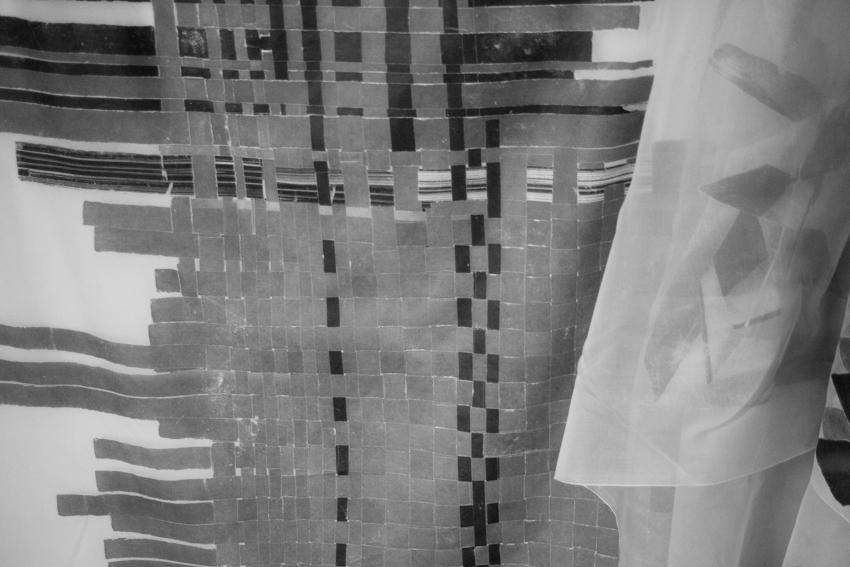
Back to In the Studio
